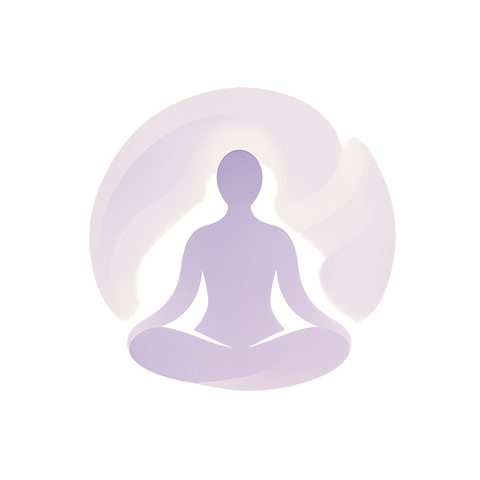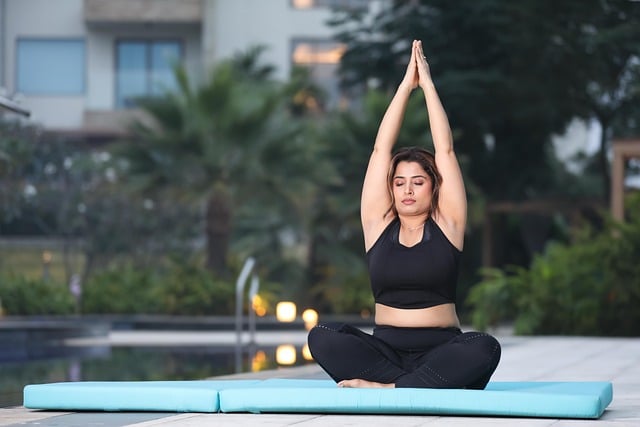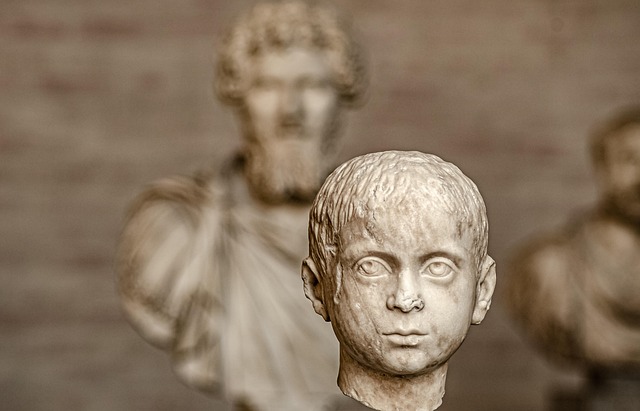In a world that rushes toward constant stimulation, the practice of mindful breathing offers a sanctuary for the soul, a bridge between body and spirit, and a gentle catalyst for radiant beauty. Breathing exercises are not merely about inhaling oxygen; they are a conscious dialogue with the inner self, a ritual that can recalibrate mental health, enhance skin vitality, and deepen spiritual awareness. By tuning into the rhythm of breath, one can access a reservoir of calm that supports self‑education, fosters emotional resilience, and ultimately manifests as a luminous, healthy complexion.
Why Breath Matters to the Soul
At its core, breathing is the thread that connects the heart, mind, and consciousness. When we inhale, we invite the present moment; when we exhale, we release tension. Spiritual traditions across cultures—from yogic Pranayama to Christian contemplative prayer—have long recognized breath as a gateway to higher awareness. For the soul, breathing exercises serve as a meditation that dissolves the barriers of ego, allowing intuition to surface and inner peace to anchor.
The Science Behind Breath and Spiritual Well‑Being
Neuroscientific research demonstrates that slow, diaphragmatic breathing activates the parasympathetic nervous system, reducing cortisol and lowering heart rate variability. This physiological shift encourages a calm state in which the brain’s default mode network—associated with self‑reflection and mind wandering—thins. The result is a heightened sense of presence that many equate with spiritual awakening.
“When the body rests, the mind clears.” – An anonymous sage
Breathing Exercises for Skin Health
The skin, often called the body’s largest organ, mirrors internal equilibrium. Stress and inflammation are primary culprits in premature aging, acne, and dullness. By regulating breathing, you lower systemic stress, improve circulation, and enhance oxygen delivery to skin cells, which supports collagen production and detoxification. A consistent practice of breath control can therefore translate into a smoother complexion, reduced pigmentation, and a natural glow.
Practical Routine for Radiant Complexion
- Box Breathing (4–4–4–4) – Inhale for four counts, hold for four, exhale for four, hold again for four. Repeat for 5 minutes. This method balances the nervous system and encourages lymphatic drainage.
- Alternate Nostril Breathing (Nadi Shodhana) – Closing one nostril, inhale through the open side, switch, and exhale. This gentle reversal of airflow calms the mind and purifies the respiratory pathways, benefiting skin clarity.
- Coherent Breathing (6‑Second Cycle) – Inhale for six seconds, exhale for six. This rhythm stabilizes heart rate variability and promotes a tranquil mood conducive to restorative sleep, which is essential for skin repair.
Integrating Breath with Self‑Education
Learning is not only about absorbing facts; it is also about developing the capacity to focus, to question, and to introspect. Breath serves as a tool that sharpens attention and creates mental space. A mindful breathing routine before study sessions can improve memory retention by enhancing blood flow to the hippocampus. During moments of confusion, a pause in breathing can restore calm, allowing new insights to surface.
Breath as a Study Companion
When faced with a dense textbook, begin with a 3‑minute diaphragmatic breath. This simple act can prevent cognitive overload, reduce test anxiety, and improve comprehension. Pair this practice with active questioning: inhale while framing the question, exhale while contemplating the answer. Over time, breath becomes a mnemonic cue that links information to physiological grounding.
Mind, Body, and the Breath of Beauty
Beauty is multifaceted, extending beyond surface aesthetics to encompass emotional depth, spiritual alignment, and mental clarity. Breathing exercises cultivate all three dimensions. By honoring the breath, you create a rhythm that nurtures the mind, calms the soul, and energizes the skin. The practice invites a holistic self‑care routine that respects both the inner landscape and the outer manifestation.
Daily Breathing Rituals for Sustained Harmony
- Morning Awakening – Start with a gentle 4‑minute breath of gratitude. Inhale light, exhale gratitude. This sets a compassionate tone for the day.
- Mid‑Day Reset – Take a 2‑minute pause between tasks to inhale intention and exhale distraction. This keeps mental energy centered.
- Evening Release – End with a slow, full exhale over 10 seconds, letting go of accumulated stress, and visualize the breath carrying away irritations.
The Spiritual Essence of Breath
When breath is used intentionally, it becomes a conduit to the divine. Many contemplative practices suggest that each inhale is a spark of divine light, while each exhale is a return to the earth. By aligning breath with intention—whether to heal, to forgive, or to love—you tap into a higher frequency of existence. Over time, this rhythmic communion can transform ordinary moments into sacred ones, enriching the soul’s journey.
Mindful Breath and the Path to Self‑Discovery
Self‑education thrives on curiosity and honesty. Breath invites both by providing a neutral, present‑centered platform. When you pause to breathe, you notice thoughts without judgment, giving you a clear lens to assess beliefs, desires, and habits. This reflective practice is a gateway to personal transformation, enabling you to realign actions with authentic values.
Conclusion: Breathing as a Lifestyle
Breathing exercises are more than a wellness trend; they are an ancient, science‑backed practice that unites mind, skin, and spirit. By incorporating conscious breath into daily life, you nurture soulful beauty, fortify mental health, and open channels for deeper spirituality. Let each inhale be a promise of renewal, and each exhale a gentle release of what no longer serves. In this simple, rhythmic dance, the body, mind, and soul move in harmony, crafting a living, breathing testament to holistic well‑being.




